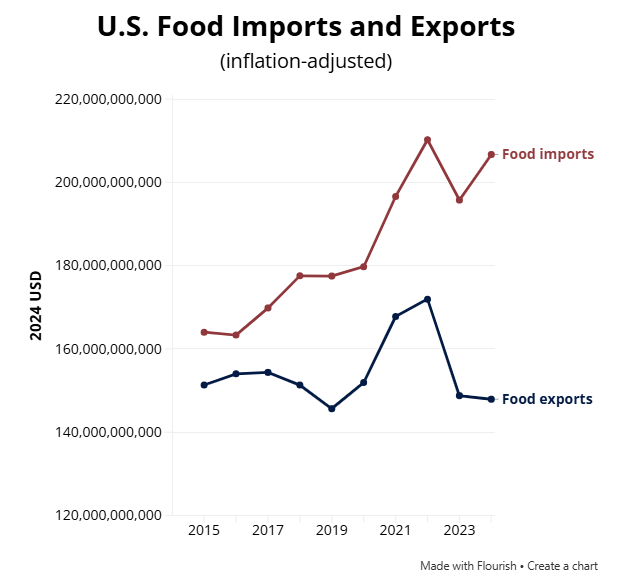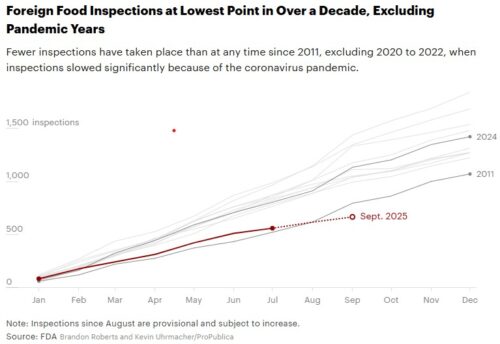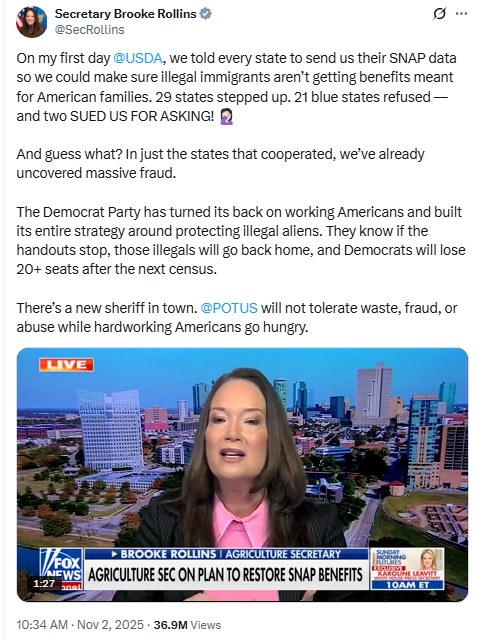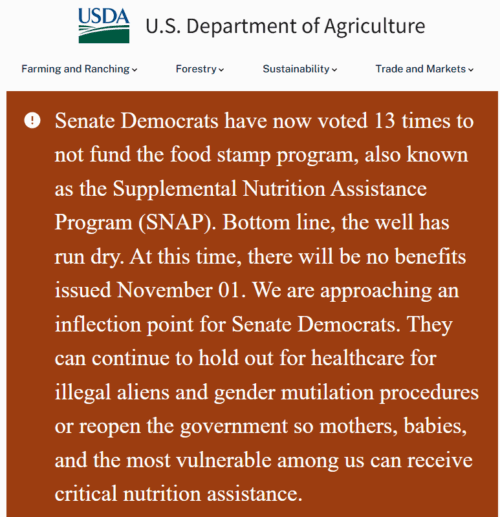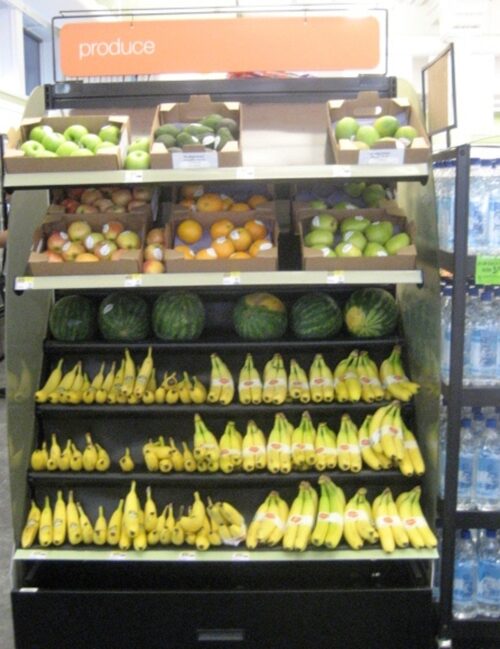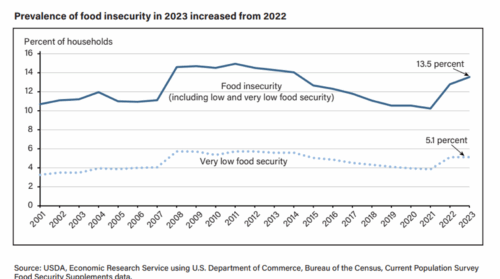USDA’s Regenerative Farming Initiative: Real or Greenwashing?
Regenerative is the new buzzword for sustainable agricultural practices. Unfortunately, the term is undefined.
I like the approach of the Real Organic Project: regenerative begins with—and extends—certified organic production methods.
The USDA has now adopted the term for its own purposes: USDA Launches New Regenerative Pilot Program to Lower Farmer Production Costs and Advance MAHA Agenda. It
announced a $700 million Regenerative Pilot Program to help American farmers adopt practices that improve soil health, enhance water quality, and boost long-term productivity, all while strengthening America’s food and fiber supply…(HHS) is also investing in research on the connection between regenerative agriculture and public health, as well as developing public health messaging explaining this connection.
This sounds great, but what does it mean? Cutting through the rhetoric,
In FY2026, the Regenerative Pilot Program will focus on whole-farm planning that addresses every major resource concern—soil, water, and natural vitality—under a single conservation framework. USDA is dedicating $400 million through the Environmental Quality Incentives Program (EQIP) and $300 million through the Conservation Stewardship Program (CSP) to fund this first year of regenerative agriculture projects.
Oh. It’s investing in two existing programs that already paid farmers to reduce tilling, plant cover crops, and manage manure.
As Marcia Brown explains in Politico
It’s the most significant commitment toward regenerative agriculture the Trump administration has announced yet, but it comes months after it axed similar Biden-era conservation programs and as it pushes ahead with approvals for new pesticides that are considered forever chemicals.
She quotes Stephanie Feldstein of the Center for Biological Diversity:
Regenerative agriculture needs to be more than just buzzwords Big Ag uses to greenwash business as usual…While the Trump administration promises money for sustainable practices, it continues to cut conservation staff, support the pesticide industry, roll back environmental laws and play trade war games that hurt farmers and our food system.
Comment
All USDA agricultural support programs should require farmers to produce foods in ways that minimize damage to the environment. This initiative needs to come with specific requirements, clear definitions, and accountability. These are tiny programs in the context of USDA’s $20 billion annual expenditure on farm supports. If the agency is serious about producing food more sustainably—which it absolutely should be—it will define what it means by regenerative and apply those principles to all its programs.
Otherwise, this is flat-out greenwashing.

